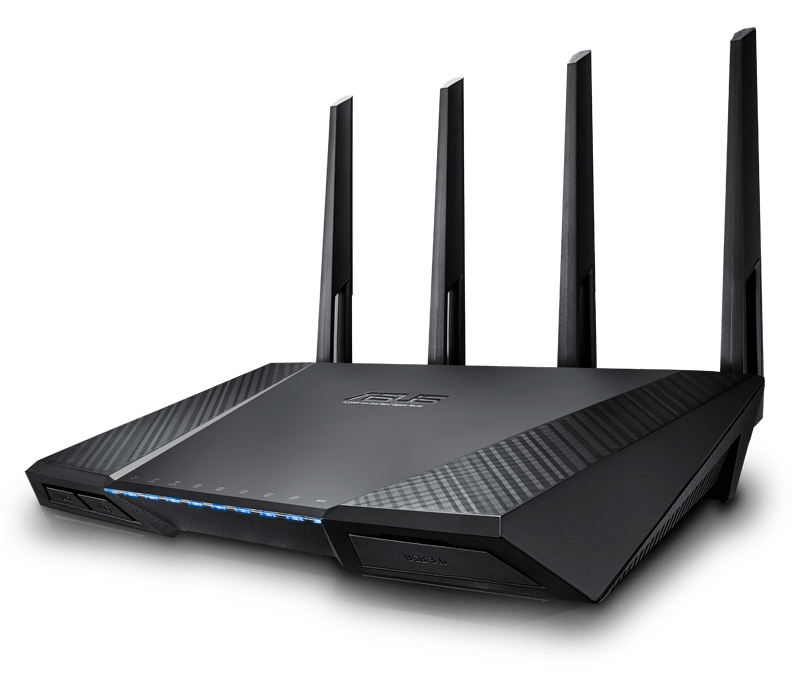

ASUS RT AC88U DOWNGRADE FIRMWARE OFFLINE
To do so, the network detects that a node has gone offline and it searches for the nearest and least crowded router in order to re-route the data to its destination (therefore, the user won’t experience any downtime).ĪLSO CHECK OUT: TESTING AIMESH WIFI 6 WITH ASUS RT-AX58U AND RT-AX56Uīut, the mesh system still has to deal with the backhaul traffic which, if not handled properly has the potential to make the whole system unusable (such as the case of the Asus Lyra which under-performs after the first node). The last important element of a mesh system is the self-healing property, which ensures that in case a node fails, the data still reaches its destination. Furthermore, by adding more nodes, you also allow the network to create more paths for the data and cover a lot more space than you could with a single router. Probably the most important one is the self-optimization property, which analyses all the nodes connected to the network and, based on the signal strength, the distance between the routers, the number of connected clients, the available radios, the overcrowded channels (and more), it helps create optimized paths which ensure that the data gets to the destination as fast as possible. I know that there isn’t a standard set for the available WiFi mesh systems (they’re proprietary and won’t work together), but they all rely on the same set of properties in order to achieve their goal (including the AiMesh). Unlike the dedicated WiFi mesh systems available from most, if not all large networking manufacturers (yes, including Asus), where you usually get two or three identical devices, Asus allows you to use various compatible routers and you can, for example, use your older RT-AC68U along with either the RT-AC88U or the RT-AC86U in order to create a larger network.

The AiMesh is an ambitious, new technology developed by Asus which allows the creation of home-based WiFi mesh systems using two or more Asus routers.


 0 kommentar(er)
0 kommentar(er)
